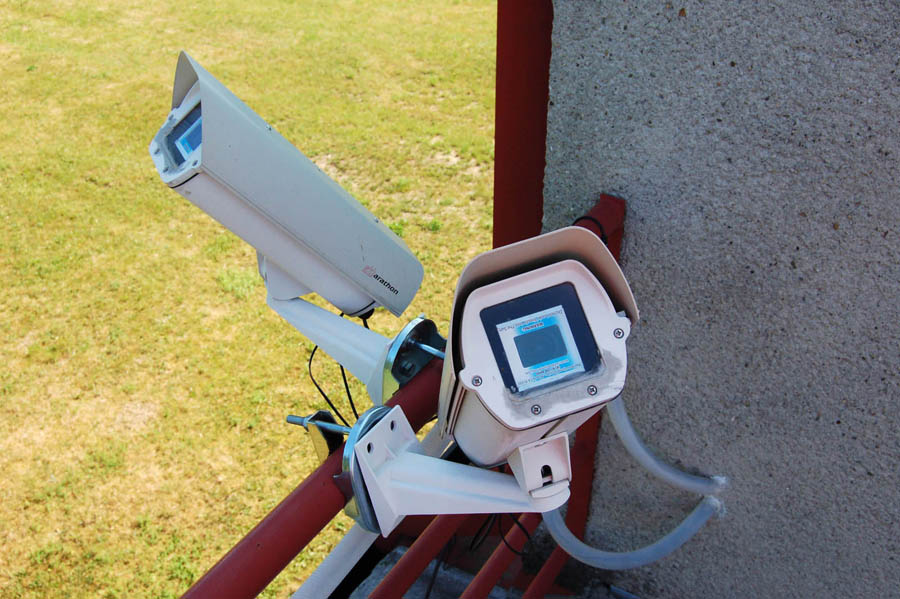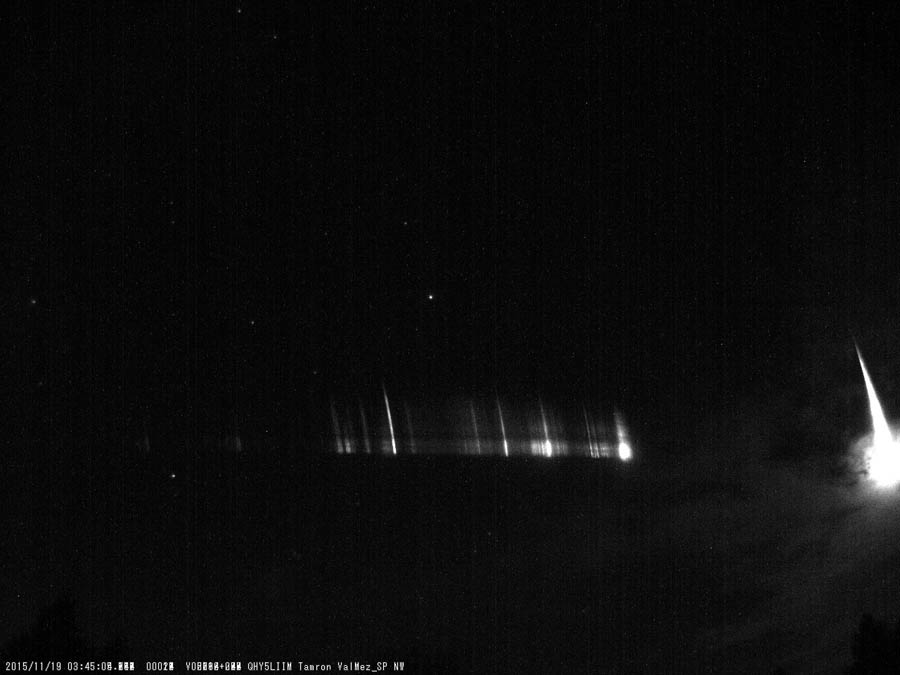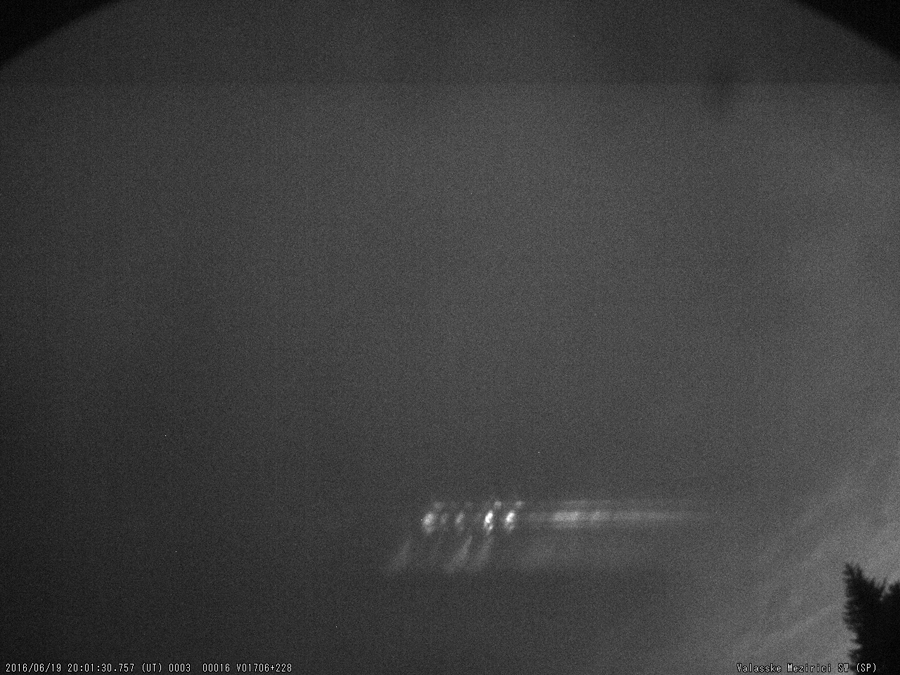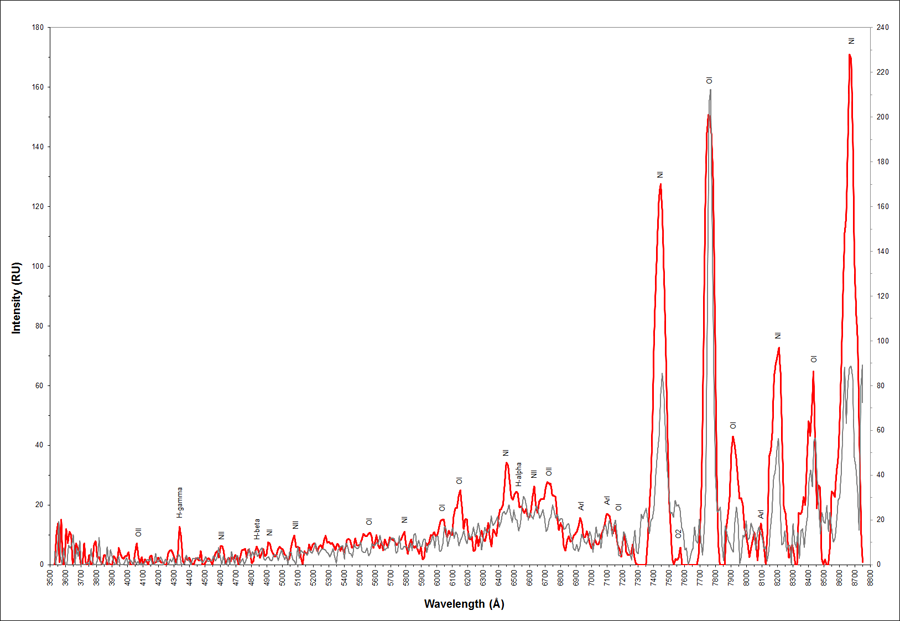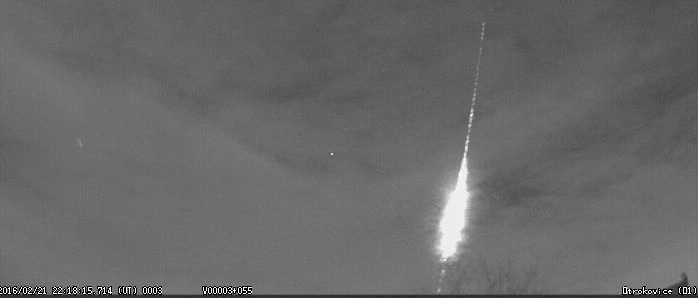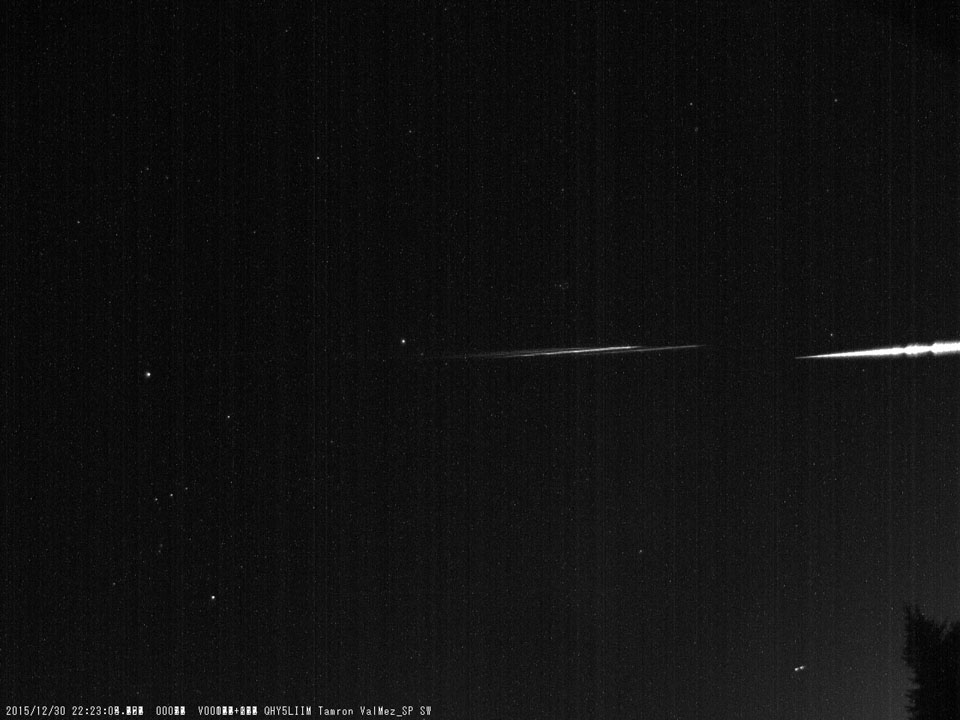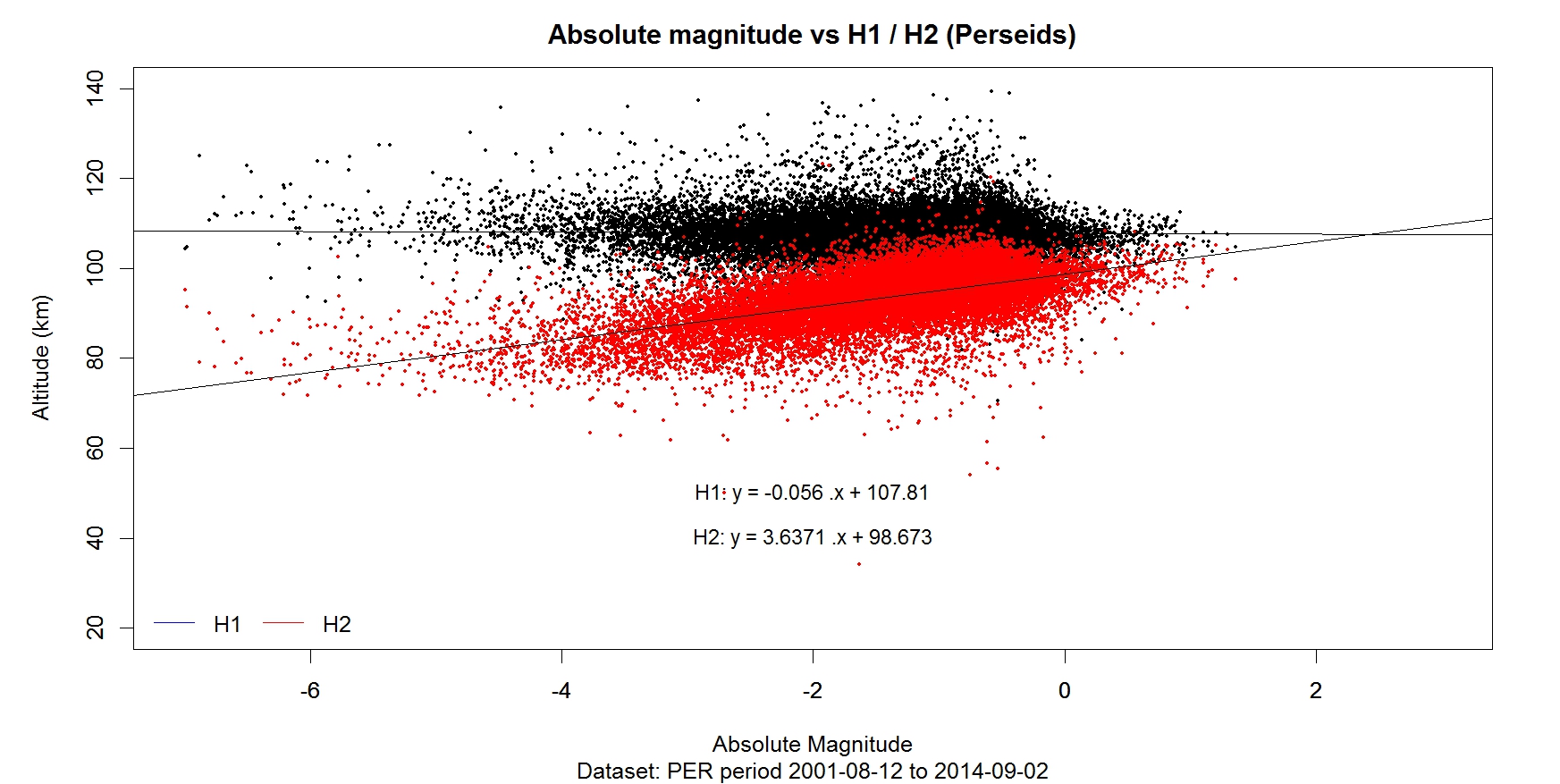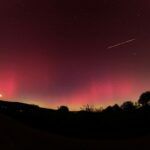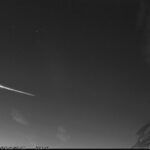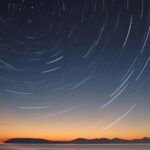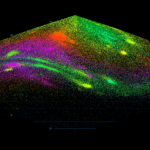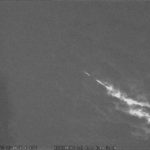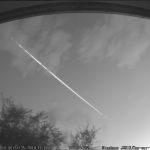At the Valasske Mezirici Observatory are currently operating three cameras equipped with a spectroscopic system. The main goal of these cameras is recording the spectra of meteors and thus identify the chemical composition of meteoroids and also emission lines of elements contained in the Earth’s atmosphere. However, during the occurrence of storm activity the objective of the observations may change and spectrographs can record the spectra of electrostatic discharges – lightnings. This was also during a thunderstorm in the evening on June 19, 2016.
Jakub Koukal¹, Martin Ferus², Libor Lenža¹
¹ Valašské Meziříčí Observatory, Vsetínská 78, 75701 Valašské Meziříčí, Czech Republic
j.koukal@post.cz, libor.lenza@astrovm.cz
² J. Heyrovský Institute of Physical Chemistry, Academy of Sciences of the Czech Republic, Dolejškova 3, 18223 Prague 8, Czech Republic
martin.ferus@jh-inst.cas.cz
Introduction
The first camera for observing the spectra of meteors was At the Valasske Mezirici Observatory installed in the summer of 2014. It is located on the building of professional workplace and FOV of this camera is directed northwards (VM_N), the camera is equipped with a CCD sensor Sony Super HAD II 960 H (ICX 663 AKA) with the resolution of 720×576 px. In autumn 2015, were put into operation two other spectral cameras that are equipped with more advanced camera QHY5L-IIM with higher resolution of the CMOS sensor (1280×960 px) and therefore with a higher spectral resolution (see cover photo). The FOV of these cameras is directed to the southwest (VM_SW) and to the northwest (VM_NW).
The northern camera (VM_N) was put into operation on July 25, 2014. This is a CCTV kamera VE 6047 with the diffraction grating with a density of 500 lines/mm, which is equipped with fast Tokina lens (F/0.98) with a variable focus (3-8 mm). For the focus adjustment of the lens is an effective field of view of 60×48°, the resolution of the meteors spectrum first order is 32.8 Å/px. All the necessary equipment was purchased through funding of SMPH (Society for interplanetary matter). Spectrographs VM_NW (northwest camera) and VM_SW (southwest camera) was put into operation in October 2015 (Fig. 1). These cameras are the type of QHY5L-IIM with CMOS sensor Aptina MT9M034 , which are equipped with fast megapixel Tamron lens (F/1.0) with variable focus (3-8 mm) and equipped with a diffraction gratings with a density of 1000 lines/mm. For the focus adjustment of the lens is an effective field of view of 80×60° degrees (VM_SW camera) and 89×67º (VM_NW camera), the resolution of the meteors spectrum first order is 9.7 Å/px (VM_SW) and 10.8 Å/px (VM_NW).
Spectrum of the lightning
The recent storm has offered an interesting possibility of spectral registering of very interesting expression of storms, the lightning (Fig. 2, 3). That moment shifted spectroscopic observations at the Valasske Mezirici Observatory from celestial phenomena to an equally interesting phenomena on Earth. This phenomenon offered us an interesting comparison. Under laboratory conditions we are trying, in cooperation with colleagues from the J. Heyrovsky Institute of Physical Chemistry in Prague imitate spectra glowing from the plasma of meteors by means of various attempts, particularly the shelling of meteorites using the lasers, creating laser sparks in the air or electrical discharges. So that astronomers could not regret that it is raining, nature has prepared another comparative experiment and allow the record of the lightning on spectrographic camera.
An interesting phenomenon, like a meteor or a powerful laser spark has created plasma and prepared so rich spectrum containing emissions of the hydrogen, nitrogen and oxygen lines. The figure below shows a comparison of the lightning spectrum with spectra obtained in the laboratory using a powerful Nd:YAG laser and a glow discharge. Nature has prepared for a spectroscopic eyes real harvest full of spectral lines. While in the laboratory laser spark reaches a temperature of around 10000 – 20000 K and the electric discharge generated by voltage of 1500 V with an electric current of 1 A reaches a temperature only to 5000 K, lightning with a temperature up to 50000 K, with the electric current over 30000 A and with voltage of hundreds of millions volts excite as electric discharge to the dazzling glow molecular nitrogen and oxygen (O2 and N2), broke air and water vapor to atoms such as laser spark (HI, OI and NI) and also ripped electrons from hard ionisable nitrogen and oxygen, which shines in the spectrum in the form of lines of ions of N II and O II (Fig. 4).
Conclusions
Recording of the lightning spectrum and its subsequent analysis seems to be a very useful tool for the main spectroscopic research, thus to analyze the spectra of meteors. The second level needed for subsequent analysis is a comparison of the spectra of lightning and TLE phenomena (Transient Luminous Events) captured using the spectrographs at the Valasske Mezirici Observatory with the results obtained in the laboratory of the J. Heyrovsky Institute of Physical Chemistry in Prague using powerful Nd:YAG laser and a glow discharge. This comparison of the results of laboratory and real spectral measurements (meteors, lightnings, TLE) allows more accurate identification of emission lines in the spectra taken by spectrographs at the Valasske Mezirici Observatory. The result of the analysis of the spectrum of lightning captured on June 19, 2016 (20:01:30 UT) is the identification of the hydrogen emission line in the spectrum of previously analyzed bolide 20150812_232101, which belonged to Perseids meteor shower.
Analyzed spectrum of the lightning (Fig. 5) type CC (there was a discharge between clouds) includes only the emissions of the elements contained in the Earth’s atmosphere (Walker et. al, 2014). Dominant in the analyzed spectrum are emission of OI-multiplet 1 (laboratory wavelength 7774 Å), OI-35 (7947 Å), OI-4 (8447 Å) and NI-3 (7442 Å), NI-2 (8223 Å), NI-8 (8629 Å), NI-1 (8683 Å). Very interesting is identification of the emission lines of hydrogen H-alpha (6563 Å) or H-gamma (4341 Å) and emission lines of argon, for example Ar-1 (8115 Å) or emission lines of ionized elements, eg. OII-10 (4075 Å) or NII-31 (6610 Å).
Acknowledgment
The project of purchase and operation of the spectroscopic high-resolution cameras is partially funded by Program of regional cooperation of the Czech Academy of Sciences, reg. no. R200401521 and by internal grant of the J. Heyrovsky Institute of Physical Chemistry in Prague, no. 994316. For the acquisition of the instrumentation located at the Valasske Mezirici Observatory, c.o. also contributed companies Deza, Ltd. and CS CABOT, inc.
References
Walker T.D., Hugh J.CH. (2014). “Novel Observations in Lightning Spectroscopy.” XV International Conference on Atmospheric Electricity, 15-20 June 2014, Norman, Oklahoma, U.S.A.

